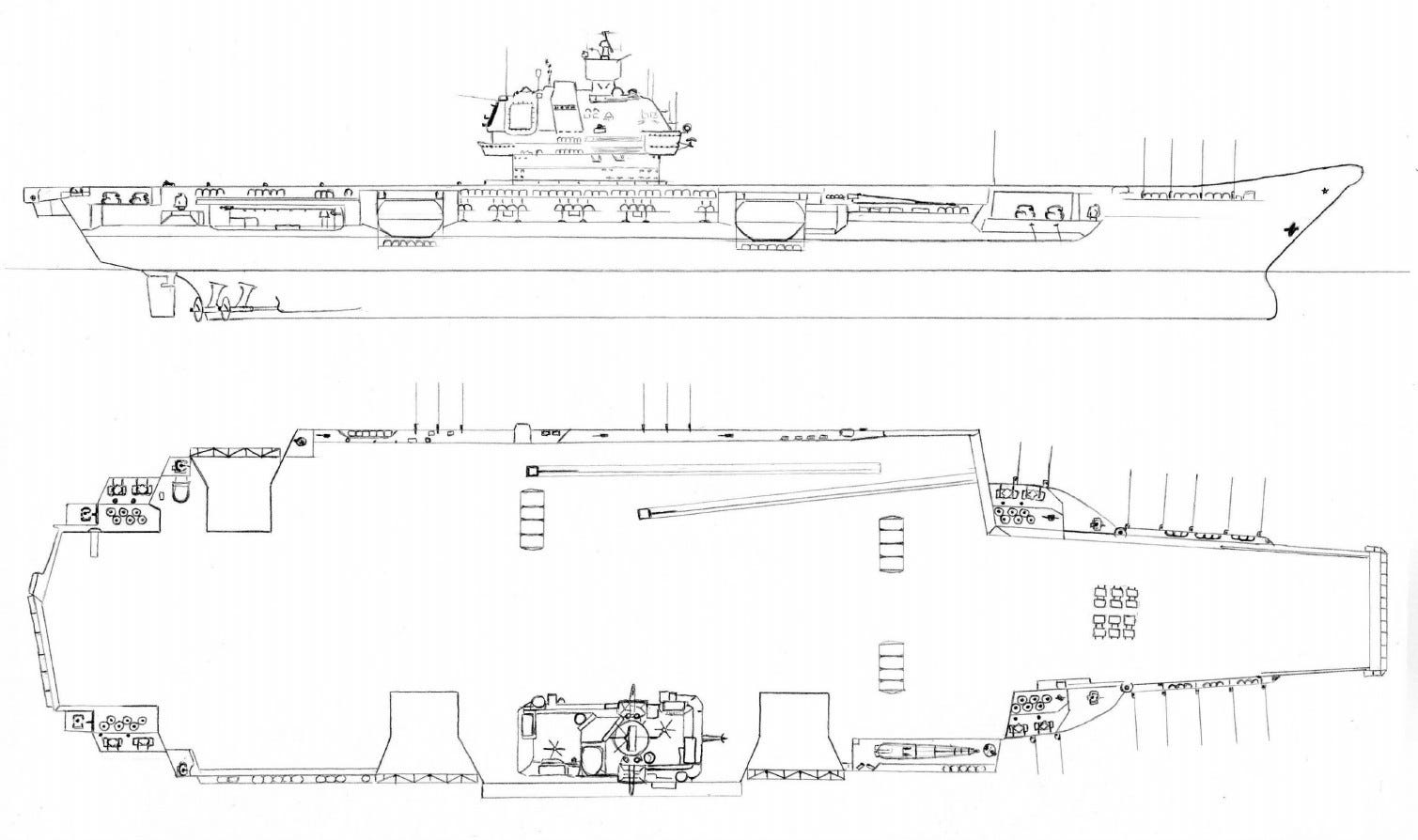March 23, 2015
Given the difficulties of finding a final settlement, the two sides have focused, in the last few rounds, on ensuring peace and tranquility on the border. Repeated incursions by both sides across the claimed boundary line have raised tensions on the border in recent years and cast a political shadow over bilateral ties. Further, the lack of agreement on where the Line of Actual Control (LAC) is has complicated the effective implementation of many confidence-building measures for border stability that the two sides had negotiated in recent years. So, the clarification of the LAC has become an immediate political need for both countries.
Both these approaches — maintaining a peaceful border and clarifying the LAC — look beneath the boundary dispute by disaggregating the problem. But the greatest opportunity for the two governments today lies in looking beyond the boundary dispute and altering the broader context in which it plays out.
The Chinese have often said expanded bilateral cooperation across the board will set the stage, over the longer term, for addressing the intractable territorial problem left over by history. That long term might be too far down the road for India’s political comfort. A more productive approach would be to focus on promoting cooperation across the shared but disputed frontiers. This cooperation must necessarily be pursued in tandem with efforts to maintain peace on the border and purposeful negotiations to resolve the dispute.

 Download the PDF
Download the PDF







